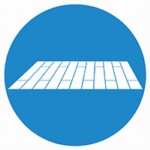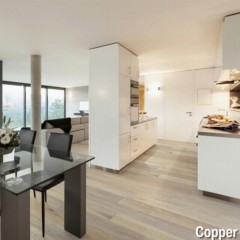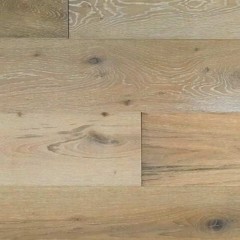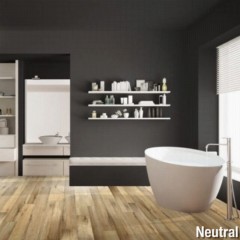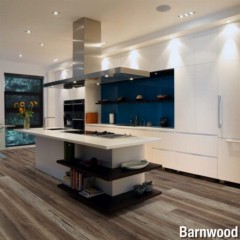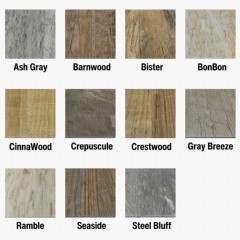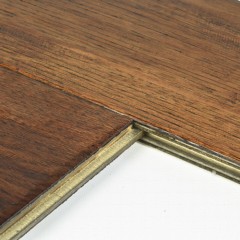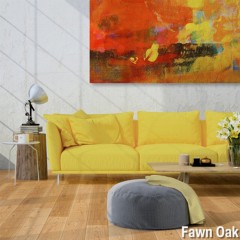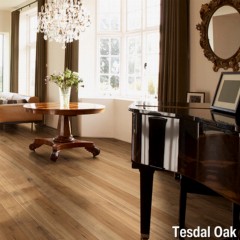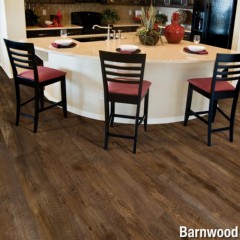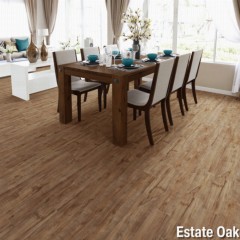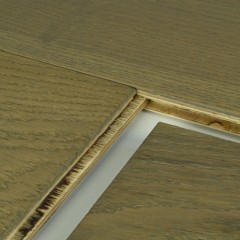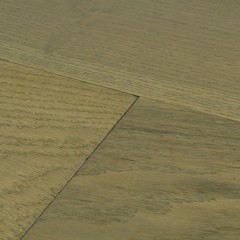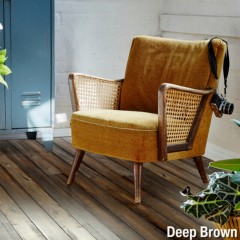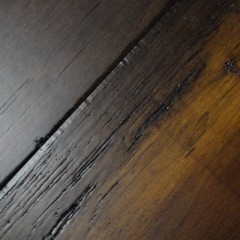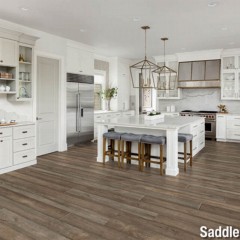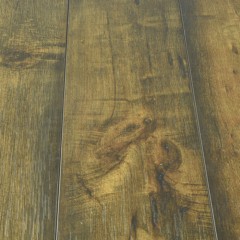Options for Engineered Hardwood Flooring
Engineered hardwood flooring delivers the look of natural hardwood floors in an easier format to install and at a cheaper price. It’s a premium product that mimics the look of oak, hickory, maple, and more types of timber planks. Use it anywhere you’d use actual hardwood.
Best of all, quality engineered wood floor products from Greatmats look like the real thing, giving your home the rustic design feel you’re craving without the hassle.
Types and Styles of Engineered Hardwood Floors
When comparing engineered hardwood flooring before you buy, you have three options available for sale from Greatmats.
Engineered Hardwood
Engineered hardwood can use a hand-scraped veneer layer to resemble vintage hardwood while standing up to abuse from pets or children. Options we offer include:
Laminate/Vinyl
Laminate/vinyl (LVP) flooring offers the option of a click-together installation for a floating floor or a glue-down installation.
SPC
SPC, or stone plastic composite, flooring has a rigid core that consists of limestone and other stabilizing materials. Its printed top layer can resemble a real wood floor with dark colors, light colors, and gray options. The products we offer include:
Features and Benefits of Engineered Hardwood Flooring
Some of the key benefits of engineered hardwood flooring include:
- Aesthetically beautiful
- Varying widths and lengths of planks
- Multiple wood stain colors
- Numerous hardwood types
- Rustic design with texture
- Easy to install, even as a DIY job
- Simple to maintain
- Eco-friendly design
- High levels of durability
- More affordable than hardwood
Engineered wood flooring is perfect for dry areas, so you may want to avoid using it in a frequently damp basement with water issues. Waterproof luxury vinyl planks or composite laminate might be a better choice.
Engineered Wood Floor Use Types
Some of the most common use types of engineered wood floors include:
- Cabin
- Cottage
- Kitchen
- Office
- Family room
- Bathroom
- Apartment
- Condo
- Beach house
- Commercial areas
- Retail areas
- Business offices
- Hotels
Engineered Hardwood Flooring Q&A
How do engineered wood flooring, manufactured wood flooring, and veneer flooring compare?
What is engineered wood flooring? It is layered flooring using fiberboard, plywood, and a veneer layer consisting of hardwood.
What is manufactured wood flooring? It consists of a medium-density fiberboard (MDF) layer and a hardwood veneer layer.
What is veneer flooring? It is flooring consisting of multiple ply layers with a top layer of solid hardwood veneer.
What are the pros and cons of engineered hardwood floors?
Numerous
pros and cons of engineered hardwood flooring exist. Some of the benefits of engineered hardwood include offering an environmentally friendly product and an easier installation. It doesn’t warp. Disadvantages of engineered hardwood flooring include the expense and the fact that the veneer layer is too thin to refinish as the floor ages.
Do engineered hardwood planks use tongue-and-groove connectors?
Tongue-and-groove edges on engineered wood flooring planks are common. This design simplifies installation and allows the planks to slightly expand and contract in changing humidity levels and temperatures without popping loose.
What is EVP flooring?
EVP flooring, short for engineered vinyl plank flooring, is a luxury vinyl plank that includes core materials consisting of several kinds of vinyl. It’s durable, and the printed top layer can look like hardwood or other types of more expensive flooring.
What is the difference between SPC, engineered, and solid wood floor planks?
The
difference between SPC, engineered, and solid wood flooring relates to the manufacturing process. SPC and the best engineered hardwood flooring use multiple layers to create flooring planks, while solid wood flooring consists of a single layer of wood.
 $16346 /Carton You Save 25%$6.29/sqftShips Out in 4-6 Working DaysShop$6875 /Carton You Save 25%$3.92/sqftShips Out in 4-6 Working DaysShop
$16346 /Carton You Save 25%$6.29/sqftShips Out in 4-6 Working DaysShop$6875 /Carton You Save 25%$3.92/sqftShips Out in 4-6 Working DaysShop
